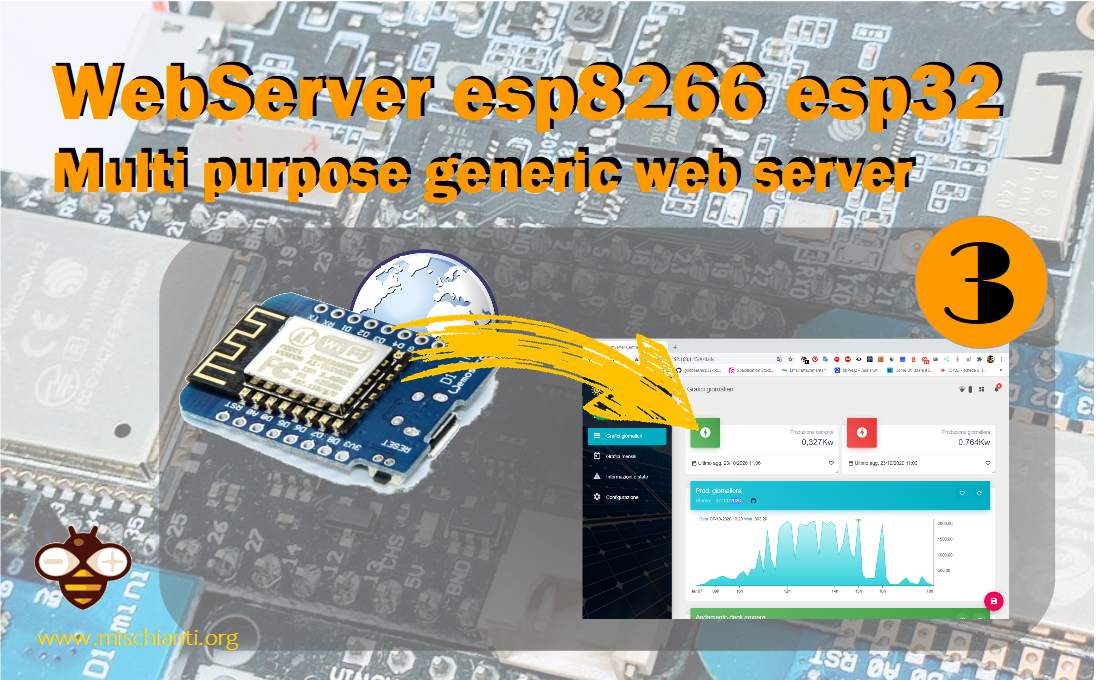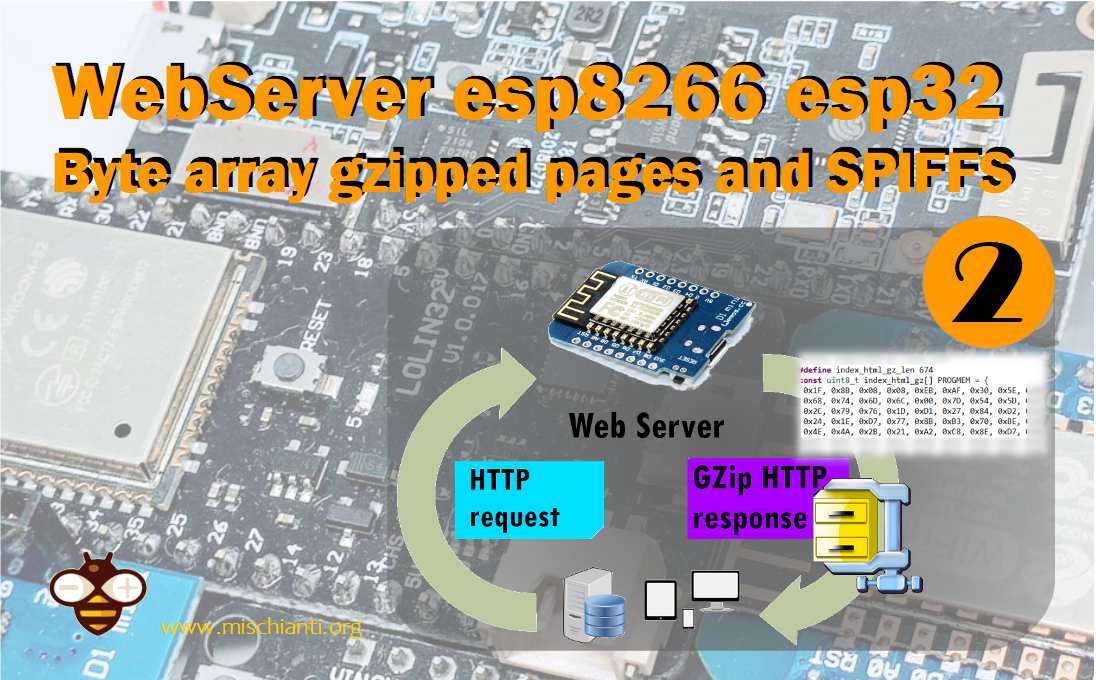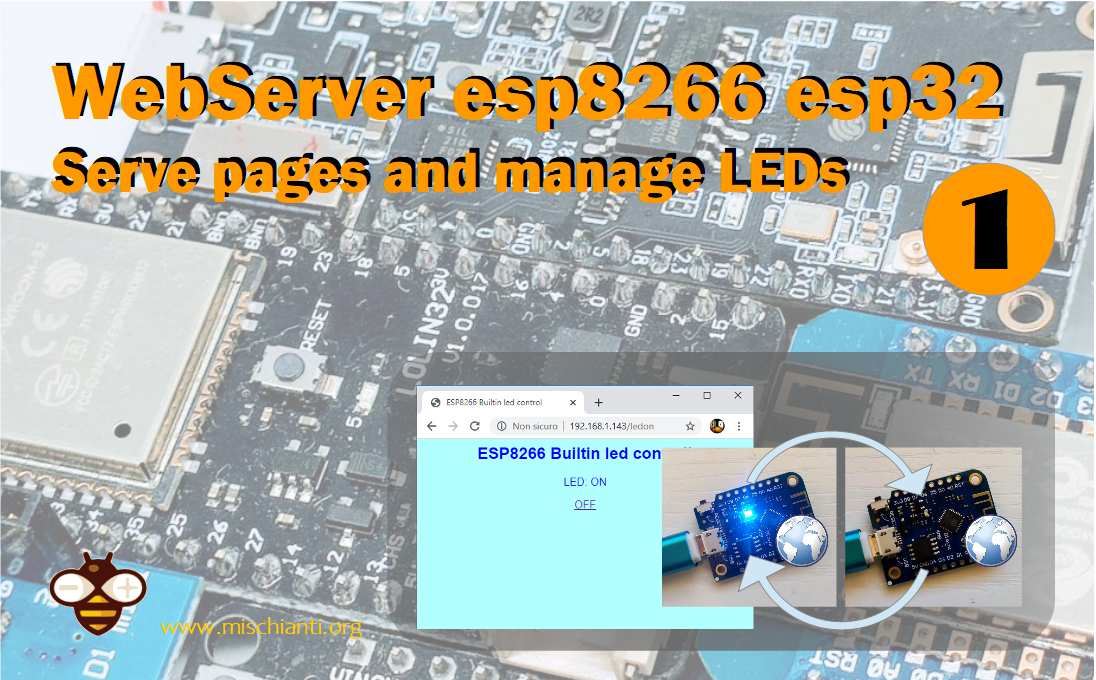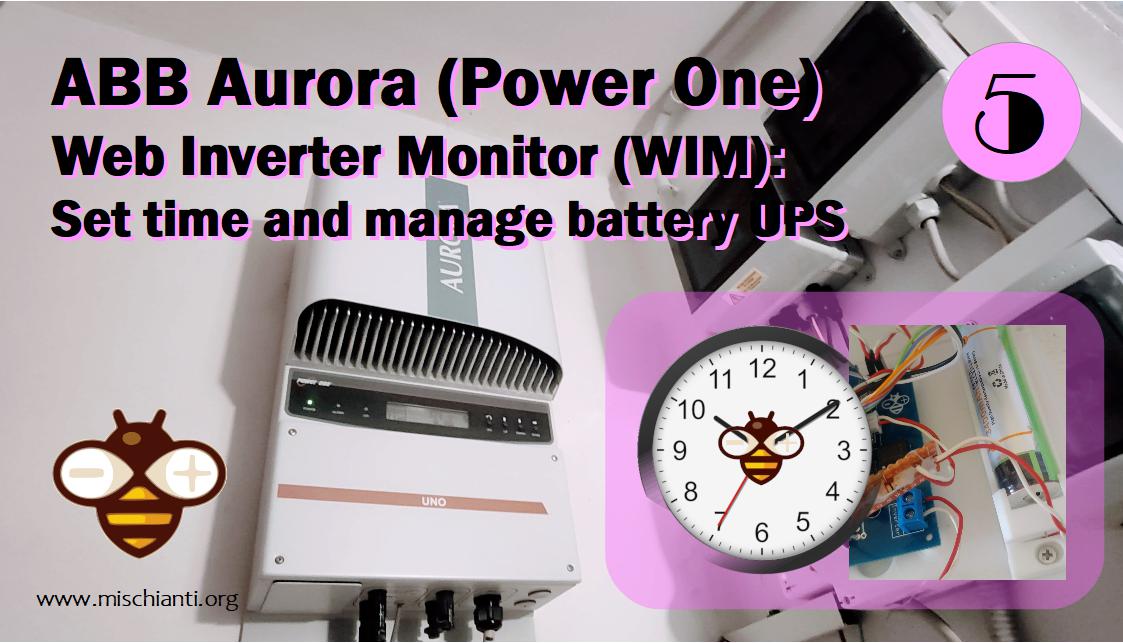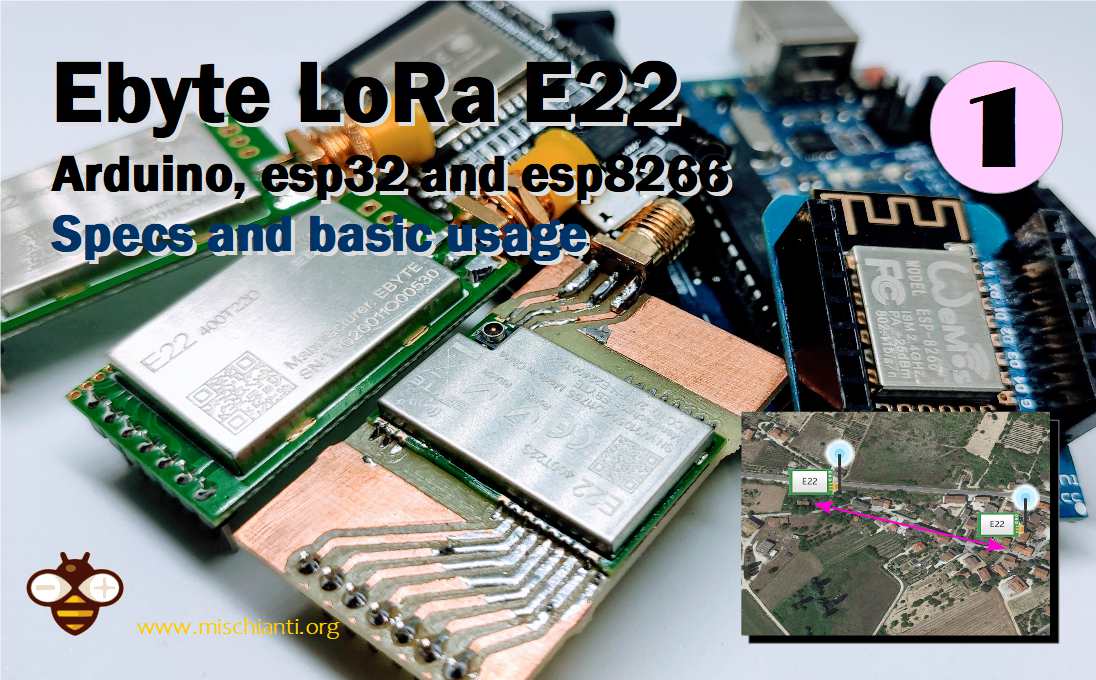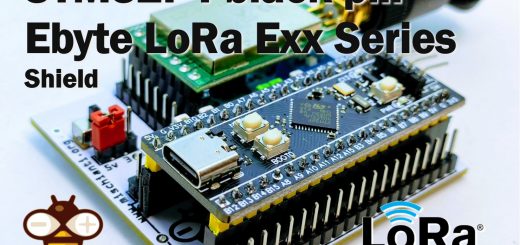Web Server with esp8266 and esp32: DHT temperature humidity on protected Web Interface – 6
Here a little tutorial to learn how to manage a complete web server via esp8266 esp32 or other arduino like device.
Now a simple project to put all the information you have learned a temperature humidity secure web interface that retrieve data from a DHT12.




